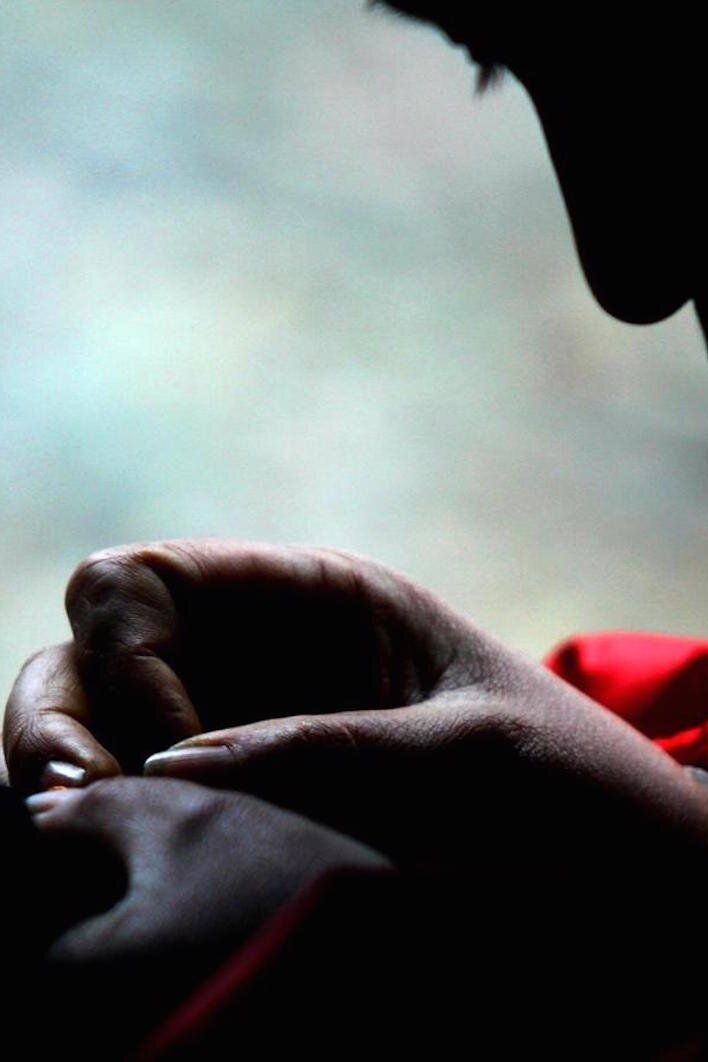Textiles as Therapy

What if you were told that by taking up embroidery or knitting you can play an important role in your own self- healing?.
With “Mindfulness” being a much-desired quality for many people, it’s not surprising that many have looked towards craftwork as therapy to alleviate the symptoms of anxiety, depression, loneliness, and even dementia.
Women from every corner of the world have made objects with textiles and fibers for a long time now. But beyond embroidery, and crocheting, there is a deeper purpose within textile crafting. Textile handcrafting comes with therapeutic benefits allowing women to channel their inner spirit and boost their psychological experience as a means of therapy to express several beneficial feelings that imbue relaxation and well-being. Besides that, textiles enables women to communicate, network, and bond with other women.
History Of Textile Crafting
The very first evidence of mankind’s intention to stitch or embroider comes in the fossilized finds of very fine hand-stitched clothing that hails from the Cro-Magnon era, circa 30,000 BC. The first needle was a bone and is thought to have stitched together holes, punched into skins and furs. Other signs come in shells that were stitched onto the hides of animals in Siberia; quilted clothing, armour, and tents in ancient Egypt, Persia, Greece, and India; chain stitch rendered pictures through the use of silk threads in China; functional or sashiko embroidery to reinforce old Japanese clothing; surface embroidery that uses rayon in Brazil and floral white work in Ireland.
Each region made use of a variety of fabrics, stitches, visual representations as well as decorative elements like pearls, beads, sequins, and silk. The people of that time used whatever they could get their hands on and applied it according to their creativity to make their handcrafts more functional apart from being attractive.
Benefits Of Textile Crafting
Introducing textile crafting according to many medical and scientific studies resulted in taking away negative feelings, leading to social satisfaction, identity, distraction, coping with poor physical health, and producing joy within others among so many other things.
Boosts Happiness
According to a 2010 study, researchers determined the impact that visual arts and creativity can impact a person’s sense of well-being and mental health. The study found that creative pursuits helped reduce anxiety and negative thinking and help improve one’s identity and an overall sense of purpose.
During these activities, a chemical known as dopamine is released from the centre of the brain and acts as a natural antidepressant.
Fights Anxiety And Stress
Engaging in textile crafting can be quite relaxing as well as stress-free that contributes to a reduction in anxiety. When we occupy our minds with something that we find relaxing, it allows us to worry less about other problems or things that are out of our control.
Prevents Mental Deprivation
As we age, the brain slowly loses a number of important facilities such as memory retention, agility, and concentration. One of the ways to prevent this from happening is getting engaged in textile crafting so that our mental agility can be maintained. This is due to the fact that all manner of textile crafting involves some aspect of concentration, as well as calculation, mathematics, and measurement.
Many women have turned to textile arts to feel good, seek control, relax, and seek ground solace to heal. Moreover, it has allowed them to channel any negative feeling or emotion into their arts seeking a sense of belonging to the world. Our workshops not only offers you a glimpse into the textile makers of Sa Pa and beyond, but you also get the chance to connect and use your hands to experience the benefits of textile crafting for yourself.
Read more from Ann Futterman Collier - a licensed Clinical Psychologist with many years of experience of working with textile arts and therapy.
